It is no longer news that our beloved water like other elements can turn around and affect our homes and not in the positive light. In excess, water intruding into your home has the potential to cause several destructive processes to structures in the home, like, rotting of wooden floorboards, breakdown of other wooden materials in the home, damage to the foundation of the home, rusting of steel and other metals present in the home, just to mention a few.
There are also a host of health problems associated with water damage, which is largely due to mold growth that accompanies destruction by water especially when moisture or water lingers for over a day.
When experiencing water damage for the first time or the umpteenth time, there is usually an immense surge of panic and anxiety involved, but that often does no good. A quick assessment, evaluation of the situation and, prompt action would go a long way in saving your home and your cash.
The severity of water damage or salvageability of your property depends on a lot of factors and not just the amount of water causing the damage as erroneously believed. Factors such as the duration of exposure, the type, and area of material involved, the rate of absorption, while factoring the contaminants present in the water should also be considered.
Water damage can be classified into various parts, according to the Institute of Inspection, Cleaning, and Restoration Certification (IICRC), which is a Non-profit organization for certification and standard-setting for the inspection, cleaning, and restoration industries. These classifications were introduced to present something of realistic guidelines based on scientifically proven reports and good old experience.
The ANSI/IICRC S500 Standard and Reference Guide for Professional Water Damage is something like a rulebook for the typical cleaning and restoration company. The IICRC has come up with an effective compartmentalizing that helps grade water damage according to degrees or classes that help define the amount of water involved in the water damage, although there is another classification by the IICRC like the category of contaminants involved and so on. We are going to focus on the degrees/ classes of water damage after all that is what this topic is all about.
Degrees or classes of Water Damage
This explores and groups water damage into four based on the amount of water involved in water damage unlike categories of water damage which just talks about the contaminants present in the water causing the damage.
Degrees or classes of water damage is ascertained by the probable rate of evaporation of the water, the volume of the affected area, along with the type of material affected, also helps determine the class.
The type of class determines the length of drying time and amount and type of dry out equipment and technique necessary for the home restoration. Proper water damage cleanup and dry out are important for preventing further damage, such as the growth of mold.
The IICRC has 4 classes, ranging from the least amount of water, slow absorption, and evaporation rates to specialty drying situations. The lower the class, the less amount of water involved.
Class 1
Widely known among professionals as the class with the lowest evaporation rate and the easiest class to deal with. There is less amount of water involved, less absorption, and less evaporation.
A class 1 water loss does not involve a significant amount of water, thus resulting in a lot less water damage. It does not affect the entire home, only a room or an area, carpet or hardwood floors may or may not be wet. It does not really affect drywall, as the drywall would have absorbed little to no water. It involves minimal moisture.
This type of loss might require some suction of water and minimal equipment. Equipment that is left to complete the dry out would not have to be left as long as a class 2, 3, or 4 water loss.
Class 2
Class 2 type of water loss involves a larger amount of water, large absorption, and large evaporation rate and tends to leave a wetness level that damages the walls up to 12 inches. It typically affects an entire room including cushions, carpets, and paddings. It is a class that connotes water damage affecting an entire property and is notorious for leaving behind residual moisture in structural materials.
In such situations, drywall is affected and it most likely would not be sufficiently dried out with equipment alone. To be safe, drywall is usually cut above the wet area in order to prevent the growth of mold.
Wet carpet would need to be sufficiently dried out for days or completely replaced depending on the category of water damage.
Wet hardwood floors would generally start to give way, with this type of water loss, and most likely will need to be removed.
Class 3
It involves the greatest amount of water, absorption, and evaporation. Water usually comes from overhead, affecting mostly the ceilings, carpets, floors, walls, insulation, and generally the entire area or room.
A class 3 type of water damage is typically a ground floor that is heavily flooded, that is most of your property is underwater, or an upstairs that has saturated a significant amount of drywall and other materials.
A lot more renovation is involved, and removing a larger surface of wet walls are involved with this type of loss. Ceilings may be wet and damaged, along with other materials such as wet insulation, wet hardwood floors, water damaged cabinets, and so on.
Class 4
It is labeled as a specialty drying situation. A specialty drying situation usually involves wet materials that are harder to dry. These types of materials have low porosity or low permeability. Examples of material that may be involved in specialty drying situations are stone, hardwood, concrete, brick, and plaster. These materials usually have deep pockets of saturation, which make the dry out process slightly more complicated and may require very low humidity for drying to progress effectively. Special drying methods and longer dry out times are usually involved.
Knowledge about the four degrees of water damage are important, as they would save you from a lot of hassle in the future especially when you experience any major form of water damage, you would know what to do and when to notify a professional water damage restoration company.







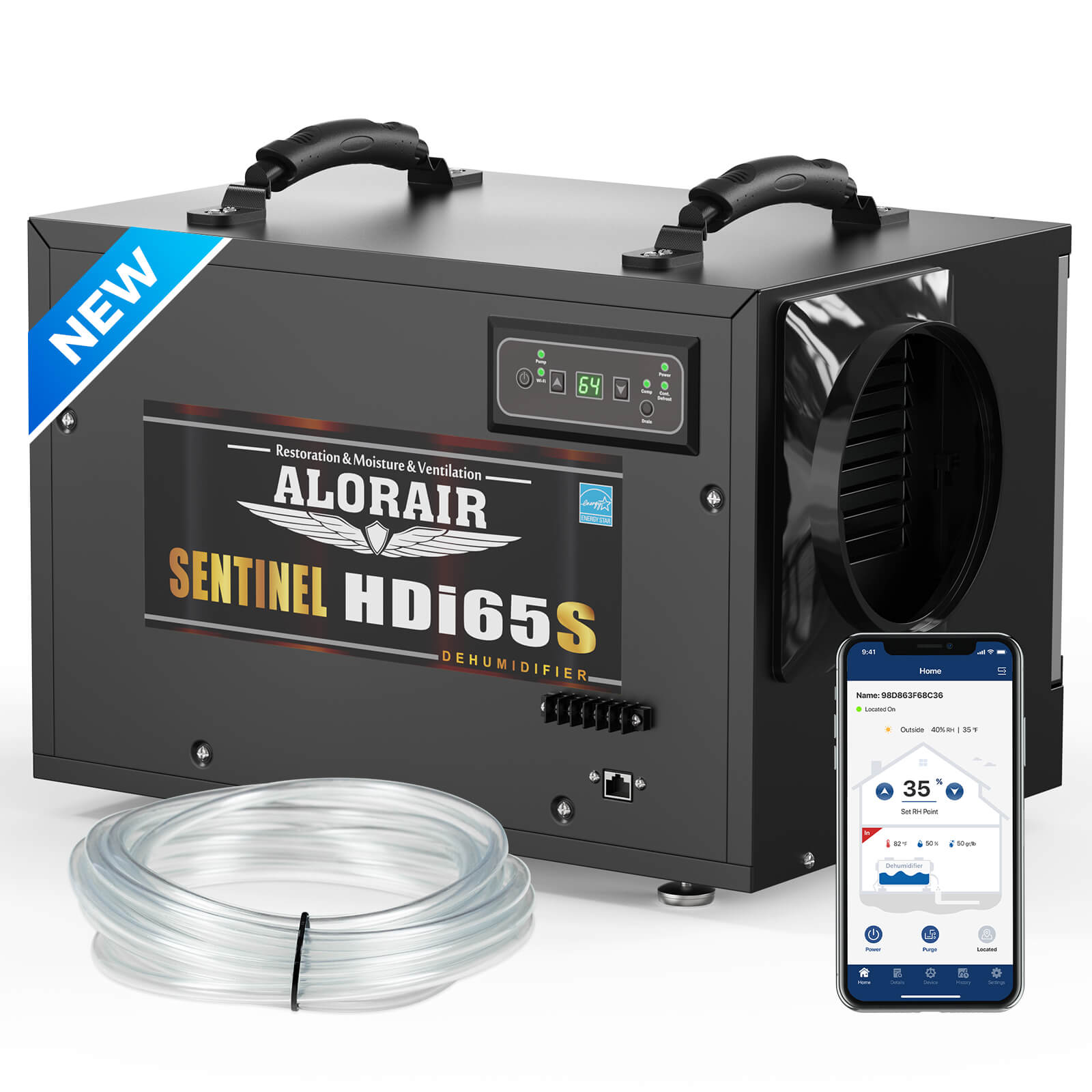
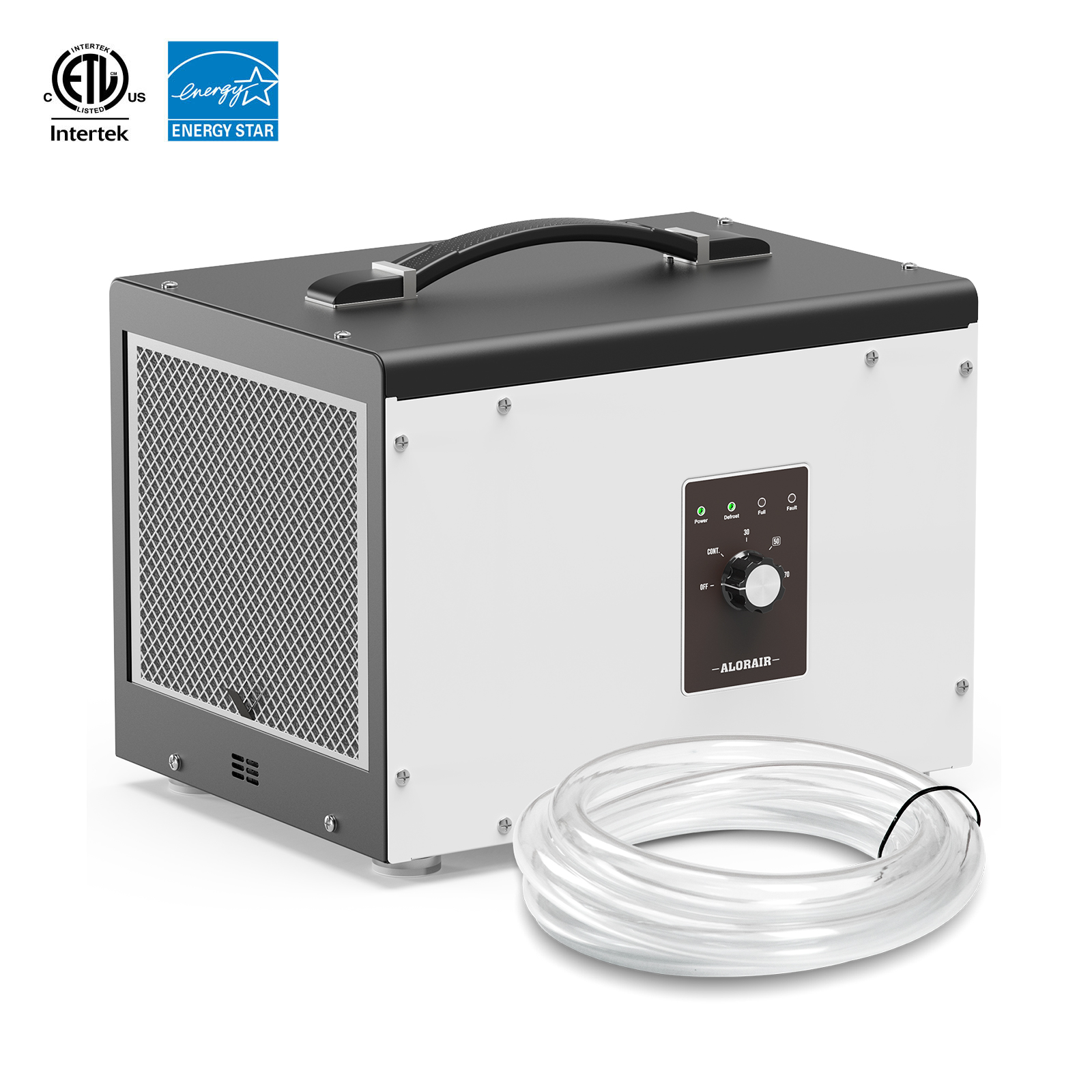
.jpg)
.jpg)

.jpg)
.jpg)
.HDi90.png)
.HD90.png)



.jpg)
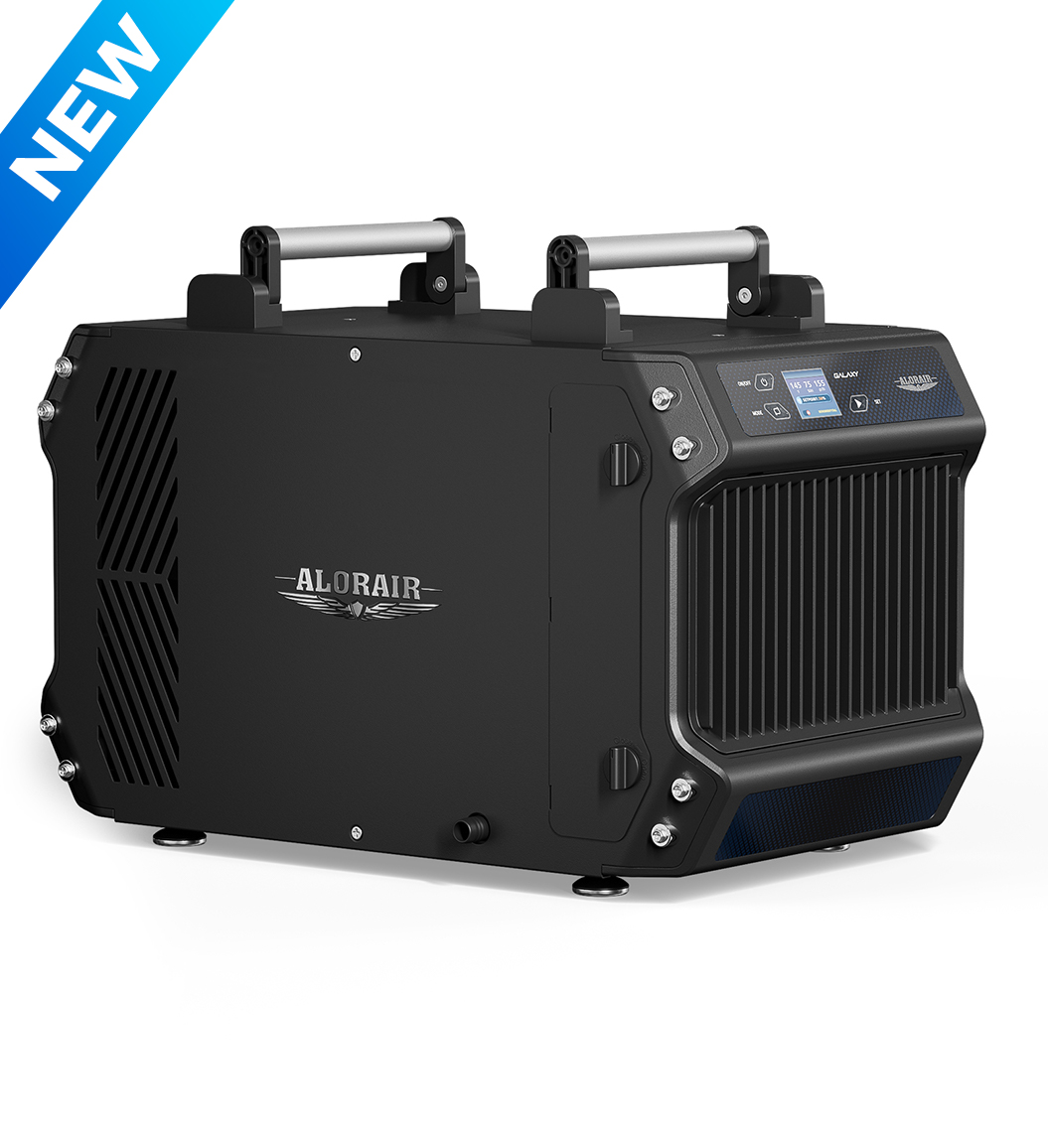
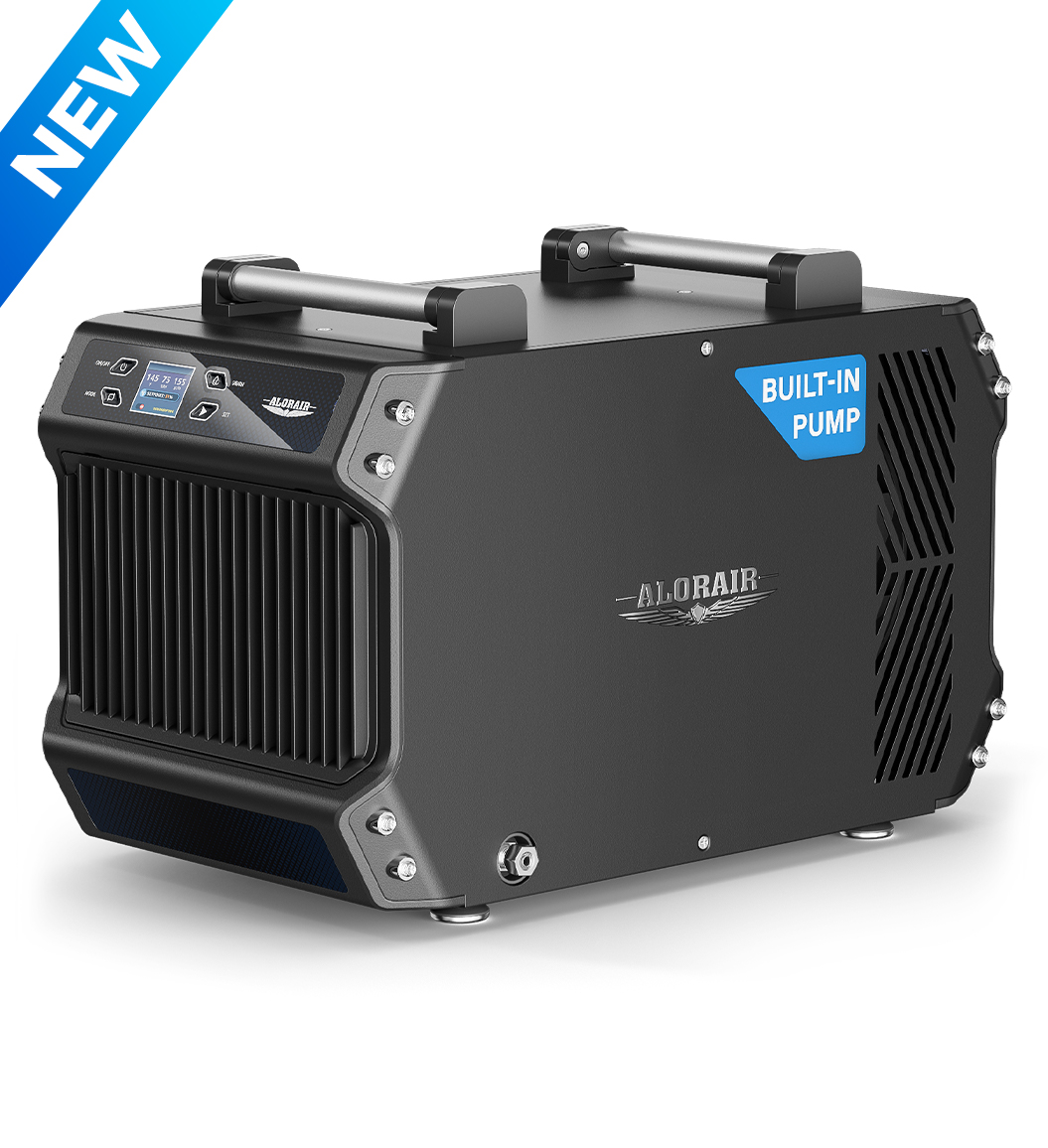




.jpg)
.jpg)
.jpg)
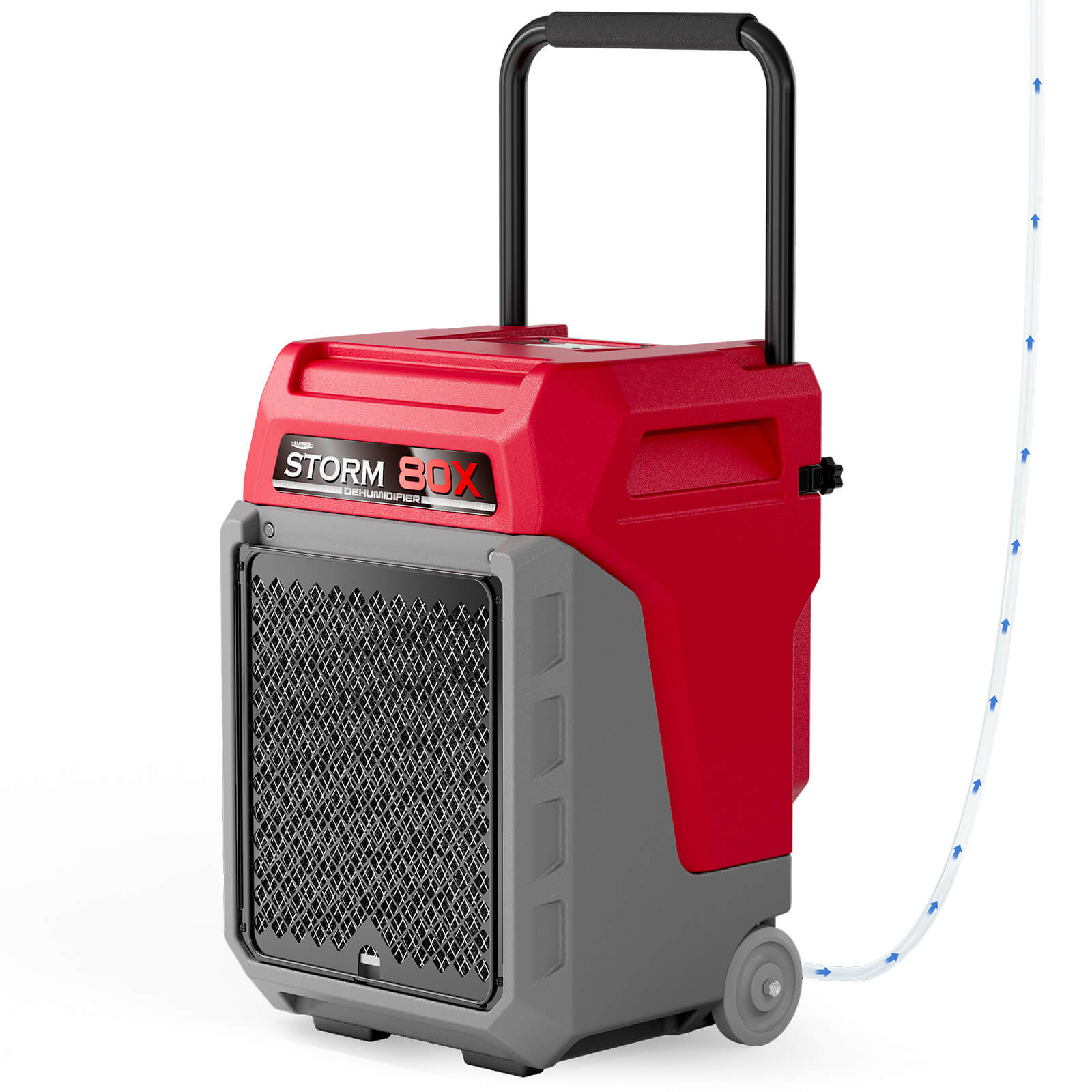


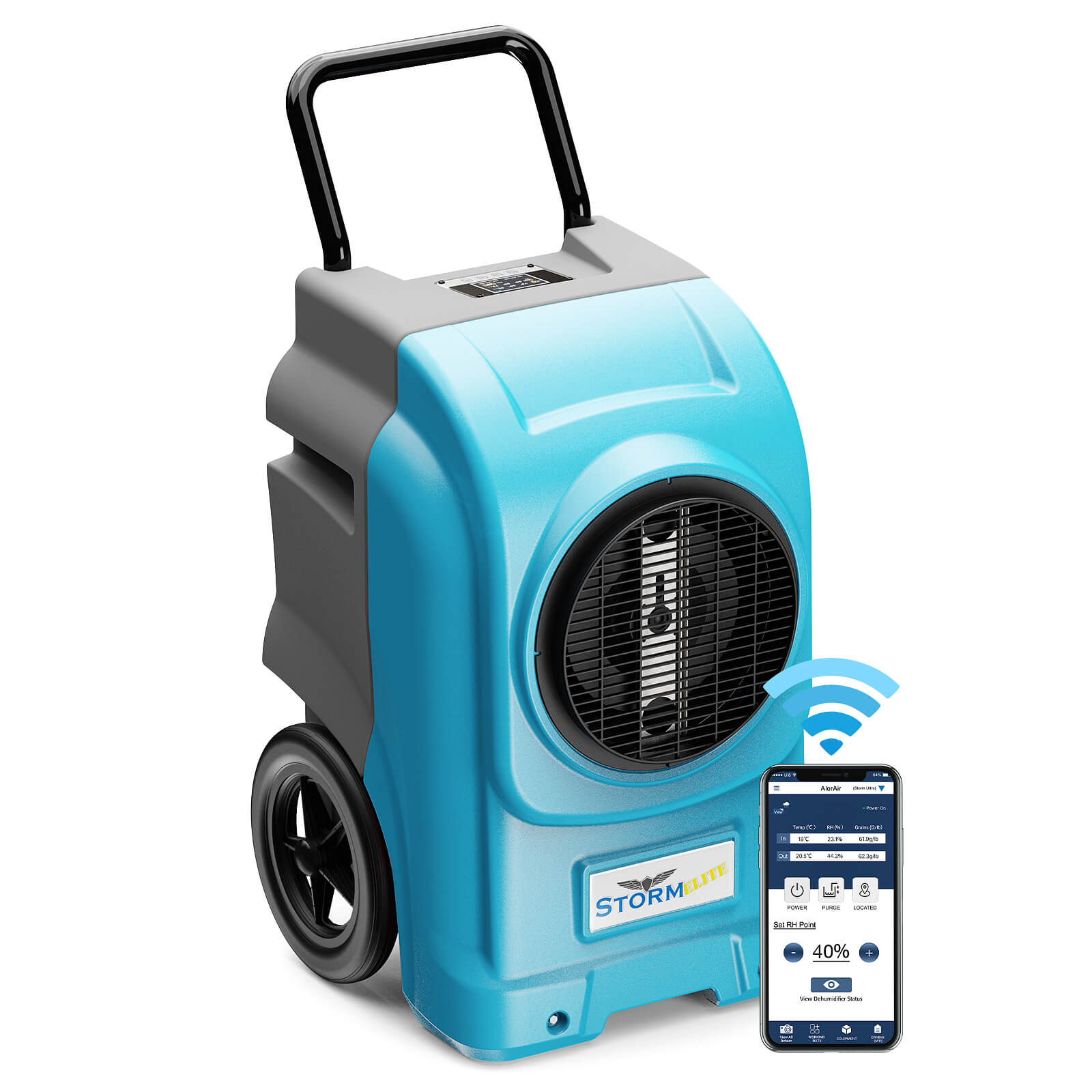

.jpg)
.jpg)

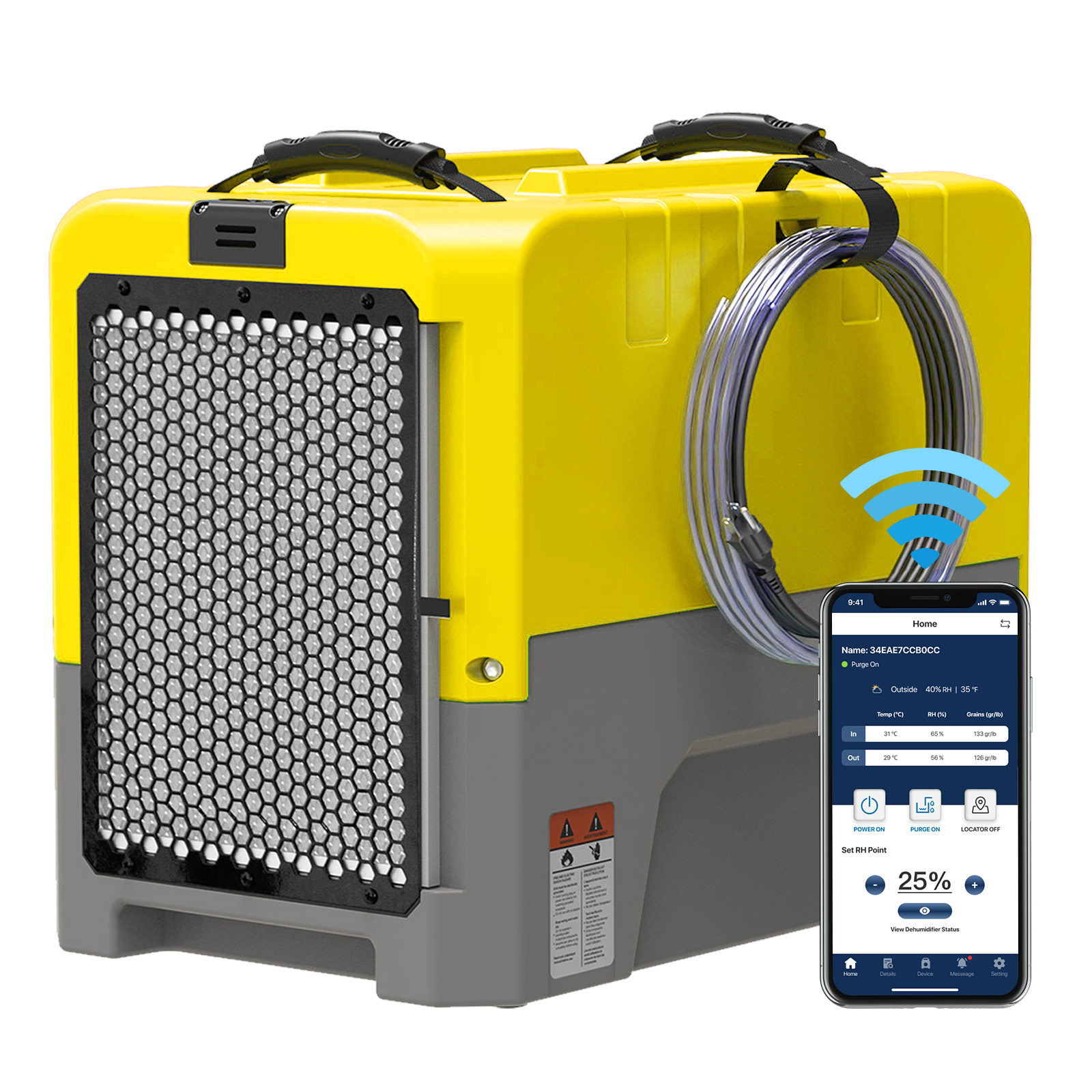








.jpg)
.jpg)








.jpg)
.jpg)










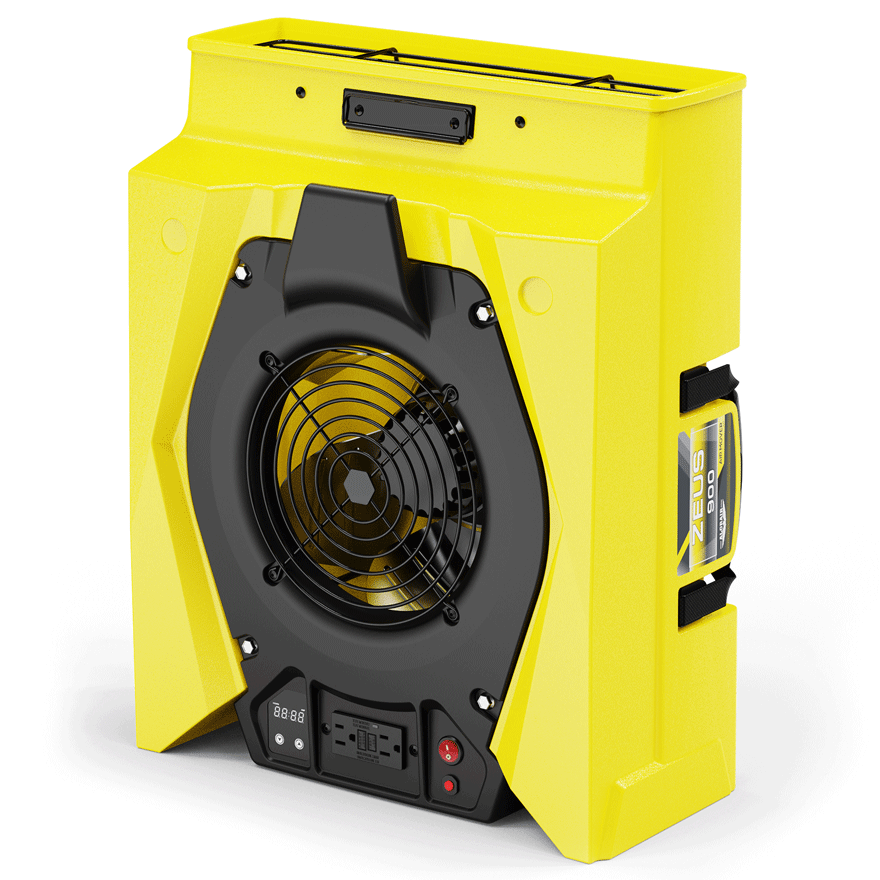
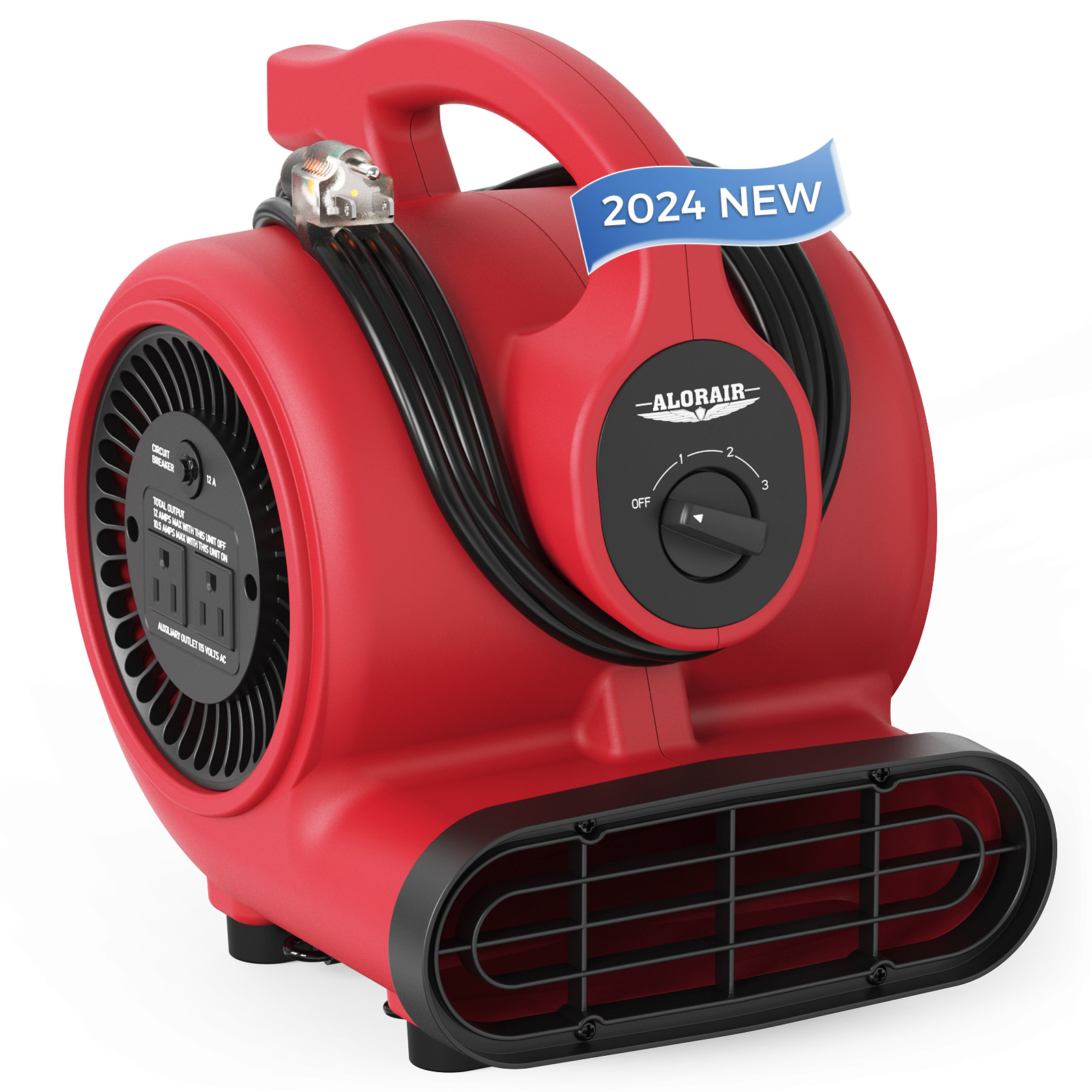
.jpg)
.jpg)
.jpg)
.jpg)
.jpg)
.jpg)
.jpg)
.jpg)
.jpg)
.jpg)
.jpg)
.jpg)
.jpg)
.jpg)





.jpg)
.jpg)
















-.jpg)
.jpg)

.jpg)
.jpg)



























 Exclusive offers
promotions
Exclusive offers
promotions

